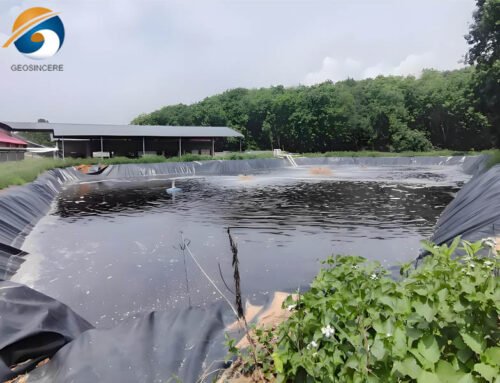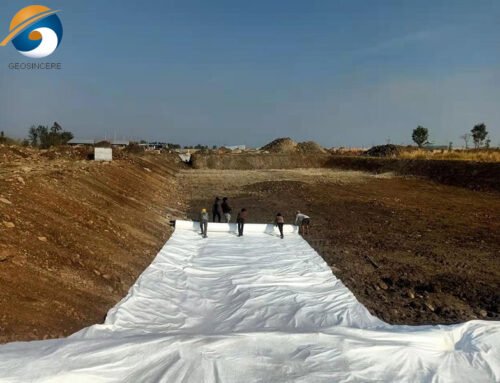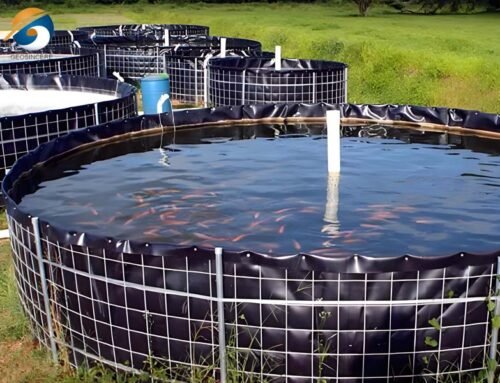Geosynthetics have revolutionized modern civil engineering by offering innovative solutions for soil stabilization, filtration, drainage, and erosion control. Among these materials, 8 Oz geotextile fabric stands out as a versatile and cost-effective option for projects ranging from road construction to coastal protection. This article delves into the technical properties of 8 Oz geotextile fabric, its diverse applications, and real-world case studies—including GEOSINCERE Shandong Geosino New Material Co., Ltd.’s contributions to Indonesia’s port infrastructure and Australia’s land reclamation projects.
1. Understanding 8 Oz Geotextile Fabric
8Oz geotextile fabric refers to a non-woven or woven textile material weighing 8 ounces per square yard (approximately 270 grams per square meter). It is typically manufactured from polypropylene or polyester fibers, bonded mechanically, thermally, or chemically to create a durable, permeable sheet.
1.1 Key characteristics include:
- High Tensile Strength: Resists deformation under stress, making it ideal for load distribution.
- Permeability: Allows water flow while preventing soil migration.
- Puncture and UV Resistance: Withstands harsh environmental conditions.
- Chemical Stability: Inert to most acids, alkalis, and biological degradation.
The 8Oz weight strikes a balance between durability and flexibility, suitable for medium-to-heavy-duty applications.
1.2 Key Functions of 8 Oz Geotextile Fabric
Geotextiles serve four primary functions in engineering projects:
- Separation: Prevents intermixing of dissimilar soil layers (e.g., subsoil and aggregate).
- Filtration: Retains fine particles while permitting water drainage.
- Reinforcement: Enhances soil stability on slopes or soft ground.
- Protection: Shields geomembranes or other liners from punctures.
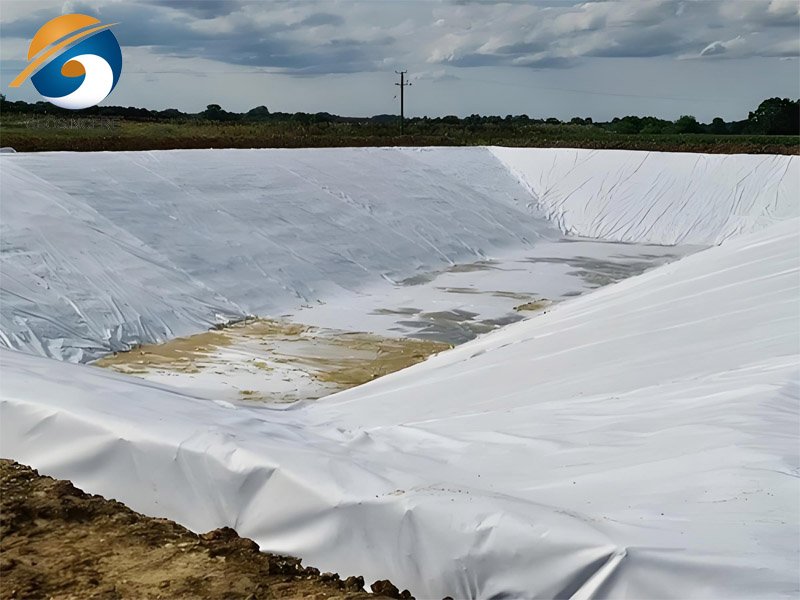
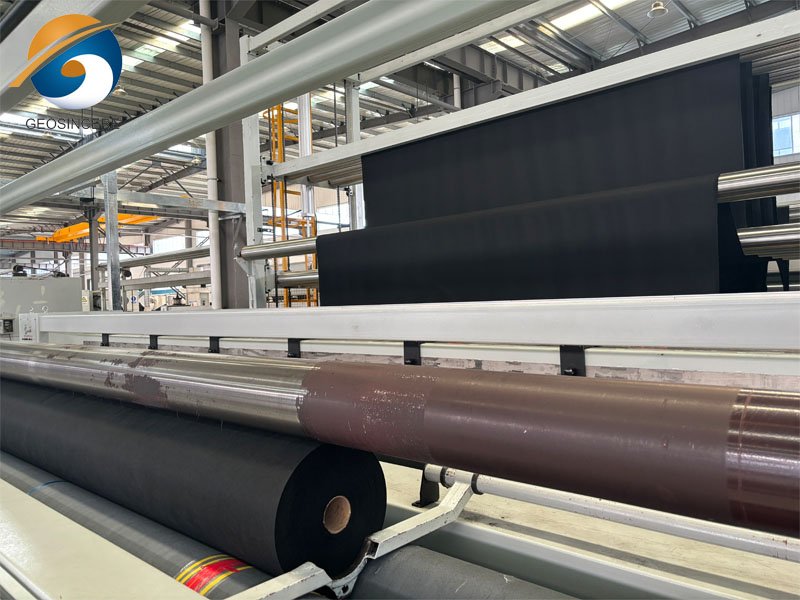
2. Applications of 8 Oz Geotextile Fabric
2.1 8 Oz Geotextile Fabric – Transportation Infrastructure
- Road and Railway Construction: 8Oz geotextiles are laid between subgrade and base materials to prevent rutting and extend pavement lifespan. For example, in Indonesia’s Trans-Sumatra Highway, geotextiles reduced settlement by 40% in swampy sections.
- Airport Runways: Used to stabilize soft soils under heavy aircraft loads.
2.2 8 Oz Geotextile Fabric – Hydraulic Engineering
- Drainage Systems: Installed behind retaining walls or in French drains to facilitate water flow.
- Riverbank and Coastal Protection: Reduces erosion by dissipating wave energy and anchoring vegetation.
2.3 8 Oz Geotextile Fabric – Environmental Projects
- Landfill Liners: Acts as a protective layer over geomembranes in waste containment systems.
- Erosion Control Mats: Combined with vegetation to restore degraded landscapes.
2.4 8 Oz Geotextile Fabric – Marine and Coastal Engineering
- Port Construction: Reinforces soft seabed soils during dock and breakwater development.
- Land Reclamation: Stabilizes dredged materials and accelerates consolidation in artificial islands.
3. Case Study :
3.1 Indonesia’s Port Expansion Project
3.1.1 Project Overview:
In 2024, Indonesia launched a major port modernization initiative to boost maritime trade. One critical challenge was constructing deep-water berths on weak, clay-rich seabeds prone to liquefaction.
3.12 Geosino’s Solution:
Shandong Geosino supplied 8 Oz non-woven geotextile fabric to serve as a separation and reinforcement layer. The fabric was installed between the soft clay and crushed stone base, achieving:
- Soil Stabilization: Prevented mixing of clay and aggregate under tidal loads.
- Improved Load Distribution: Reduced differential settlement by 35%.
- Accelerated Construction: Enabled faster layering of fill materials without downtime for soil compaction.
3.13 Outcome:
The port’s berths now handle Panamax-class vessels, increasing cargo throughput by 50%. The project underscored geotextiles’ role in mitigating geotechnical risks in coastal zones.
3.2 Land Reclamation in Australia
3.21 Project Overview:
Australia’s coastline urbanization has driven demand for land reclamation. A 2022 project in Queensland aimed to create 50 hectares of residential land using dredged marine sand.
3.22 Challenges:
- Sand Migration: Tidal currents eroded unprotected slopes.
- Slow Consolidation: Dredged sand required years to stabilize naturally.
3.23 Geosino’s Role:
8Oz geotextile fabric was deployed in multiple phases:
- Slope Protection: Woven geotextile bags filled with sand formed retaining structures.
- Drainage Acceleration:Non-woven geotextiles layered within the sand promoted vertical water flow, cutting consolidation time by 60%.
- Erosion Control: Mats secured with geotextiles stabilized the perimeter.
3.24 Results:
The reclaimed land achieved structural stability within 18 months, enabling ahead-of-schedule development.
4. Why Choose Shandong Geosino’s 8 Oz Geotextile Fabric?
As a leader in geosynthetics, **Shandong Geosino New Material Co., Ltd.** delivers unmatched value through:
4.1 Precision Engineering
- Customized Weight and Strength: Adjust fiber density and bonding techniques to meet project-specific needs (e.g., higher UV resistance for Australian coastal projects).
- Wide Roll Sizes: Up to 6 meters wide, minimizing seams and installation time.
4.2 Rigorous Quality Assurance
- Certifications: Complies with ASTM, ISO 9001, and GRI-GT7 standards.
- Third-Party Testing: Every batch undergoes tensile, puncture, and permittivity tests.
4.3 Global Expertise
- Portfolio: Over 500 geotextile projects across 100 countries, including the Indonesian port and Australian reclamation cases.
- Technical Support: On-site guidance for installation and welding, ensuring ASTM-compliant performance.
4.4 Sustainability Focus
- Recyclable Materials: Polypropylene-based geotextiles support circular economy goals.
- Erosion Prevention: Reduces sediment runoff into marine ecosystems.
4.5 Technical Specifications of Geosino’s 8Oz Geotextile Fabric
Paramete | Non-Woven | Woven
Weight | 270 g/m² (±5%) | 270 g/m² (±5%)
Tensile Strength (MD) | ≥25 kN/m | ≥40 kN/m
CBR Puncture |≥2500 N | ≥3500 N
Permeability | 0.1–0.3 cm/s | 0.01–0.1 cm/s
UV Resistance | >70% retained after 500 hrs (ASTM D4355)
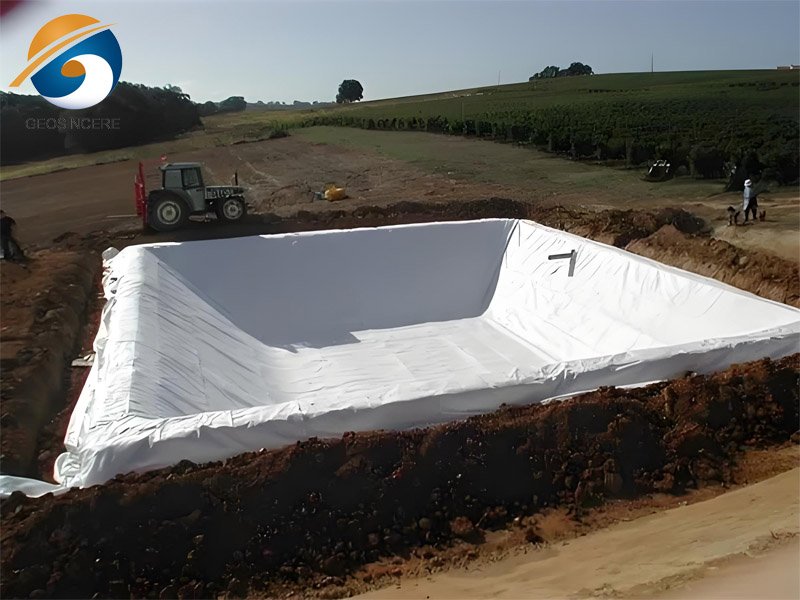

5. Future Trends in Geotextile Applications
- Smart Geotextiles: Sensors embedded to monitor strain and moisture in real time.
- Biodegradable Options: Eco-friendly materials for temporary erosion control.
- Hybrid Systems: Geotextiles combined with geogrids or geomembranes for multifunctional solutions.
6. Conclusion
8Oz geotextile fabric is a cornerstone of modern geotechnical engineering, offering solutions for separation, filtration, and reinforcement. From stabilizing Indonesia’s ports to accelerating Australia’s land reclamation, its applications are as diverse as they are impactful. Shandong Geosino New Material Co., Ltd leverages cutting-edge technology, rigorous quality control, and global project experience to deliver geotextiles that exceed industry standards.
Whether your project involves marine infrastructure, transportation networks, or environmental protection, Geosino’s 8Oz geotextile fabric provides the reliability and performance needed to ensure long-term success. Contact us to explore how our expertise can elevate your next venture.

